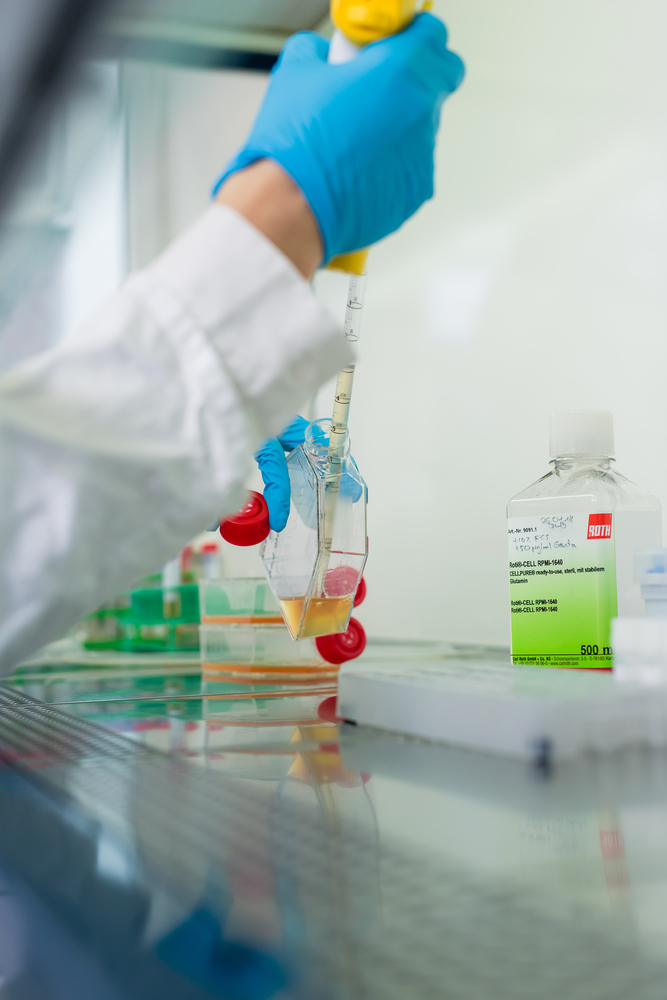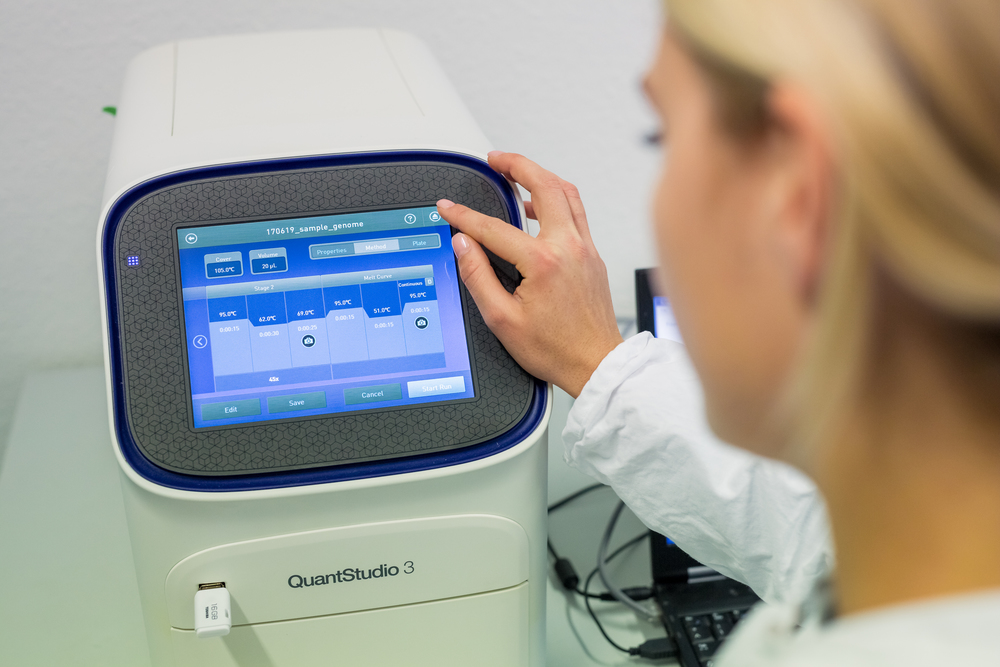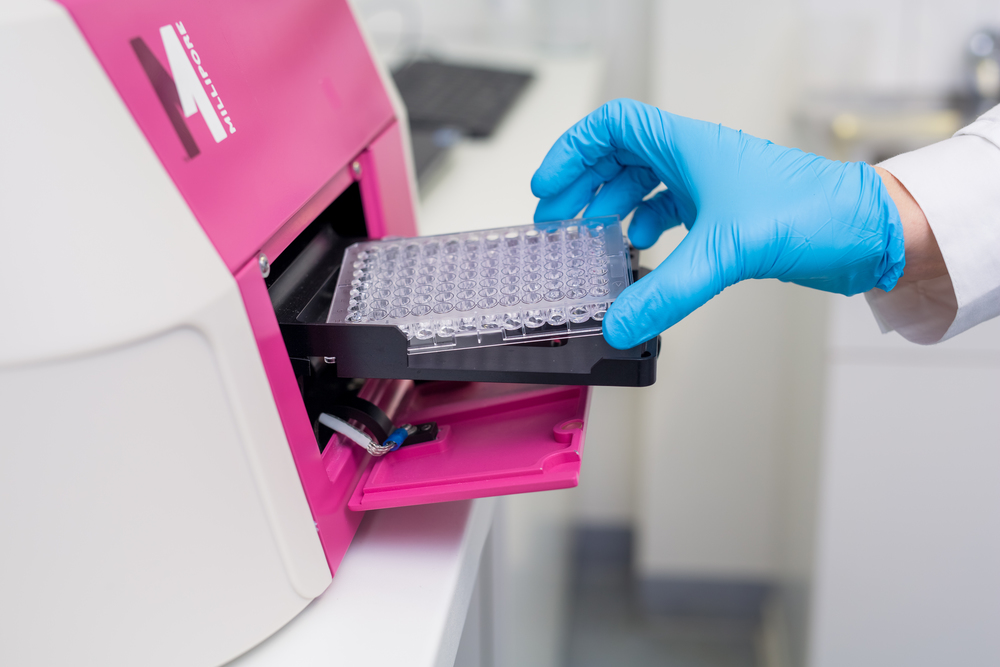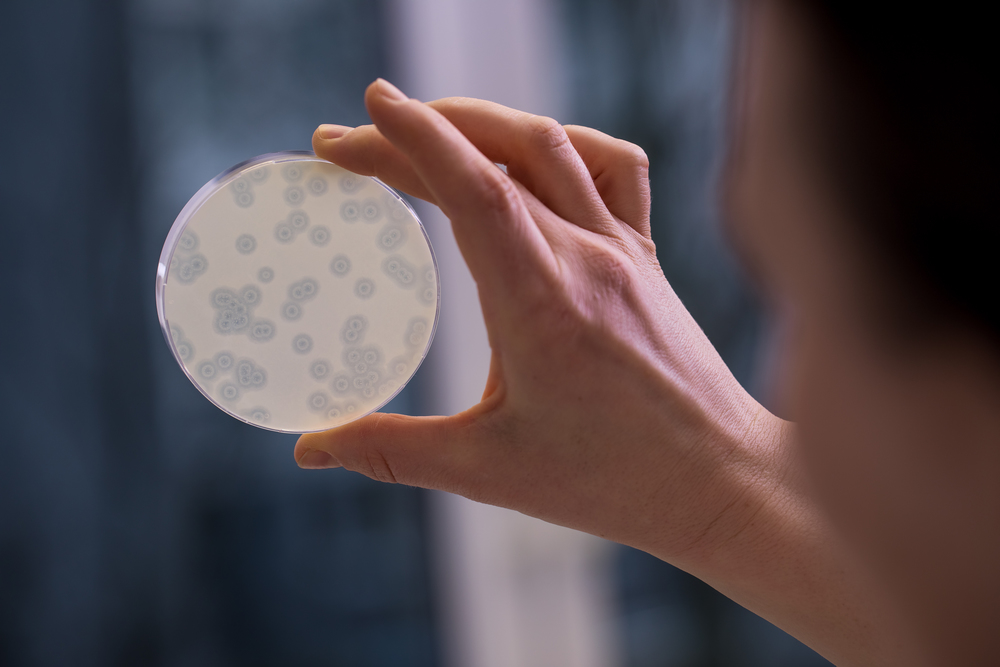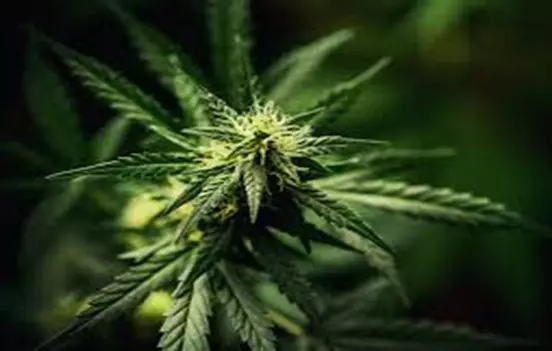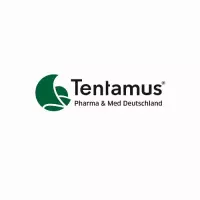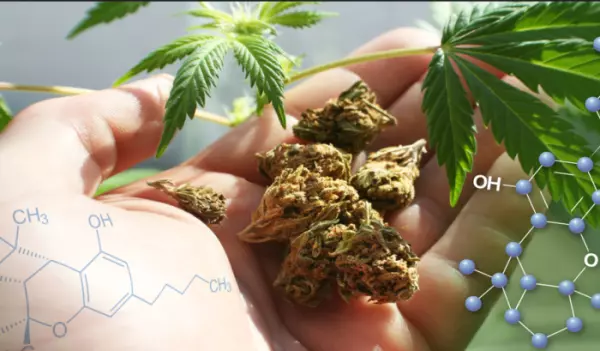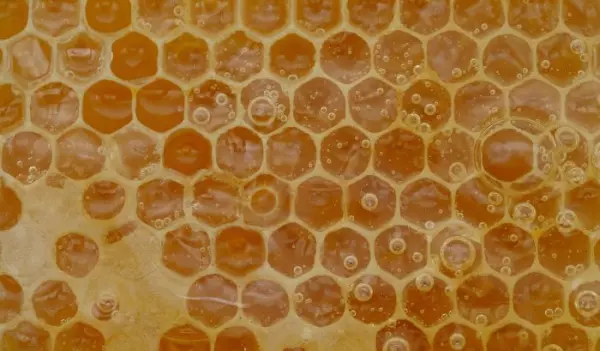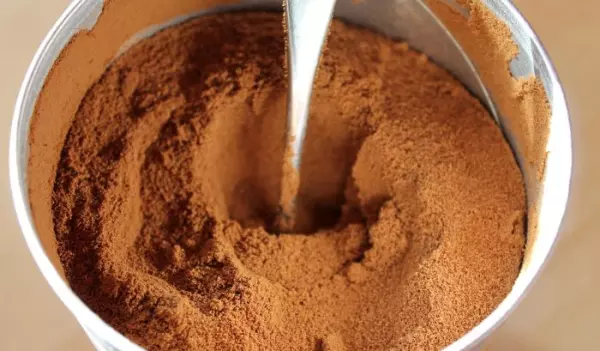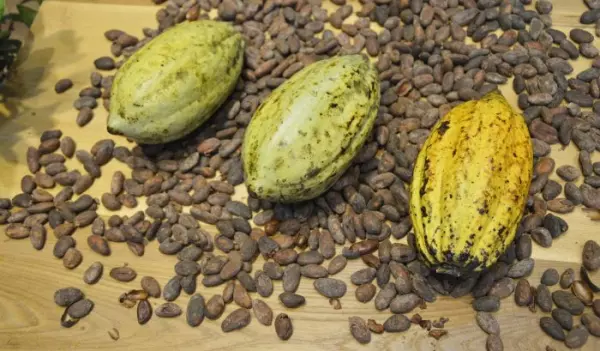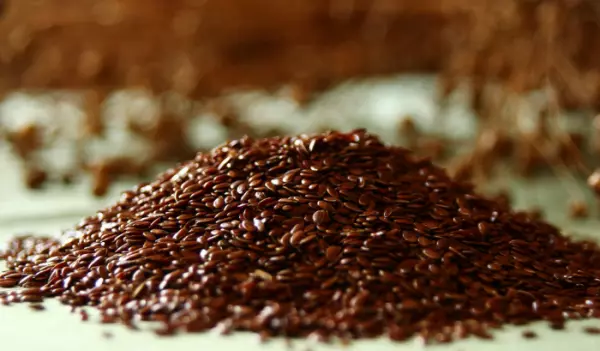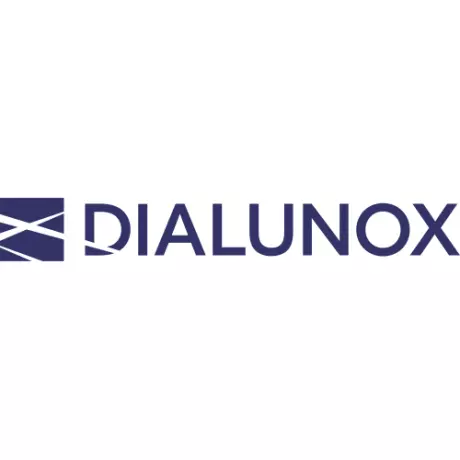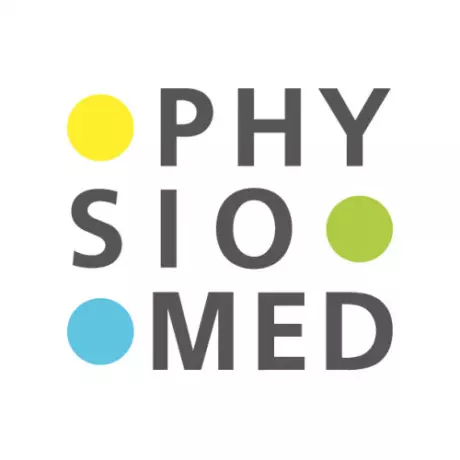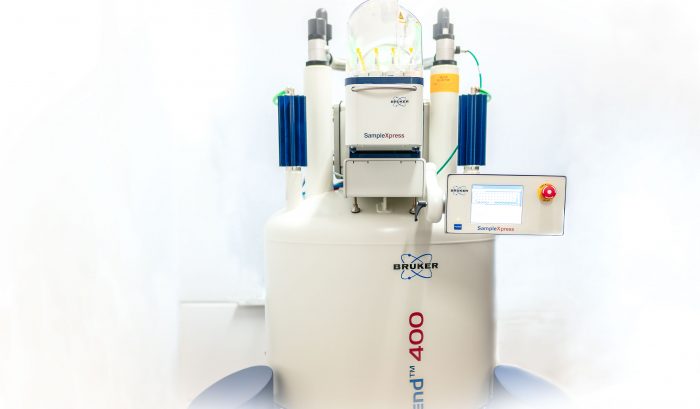
In recent years, the reliable and sensitive NMR analysis of honey has grown in importance worldwide and has firmly established itself as a powerful tool in quality control and for verifying the authenticity of honey.
In addition to the sensitive detection of foreign sugars (targeted / non-targeted), the NMR analysis can be used efficiently to confirm the variety and origin of honey thanks to the many botanical and geographical database models in conjunction with microscopy (melissa palynology). Due to the extensive database, the NMR is the only analysis that can universally demonstrate a “dilution effect” with foreign sugars (non-targeted).
On July 12, 2021 we are now expecting the 3rd release of the Bruker NMR database, in the creation of which QSI, as a member of the Bruker consortium, has been heavily involved for many years and with thousands of data sets of authentic honeys and, in particular, our in-depth honey expertise .
In summary, the update to version 3.0 includes the following improvements:
• More than 28,000 references of authentic honeys
(as well as sugar syrups to differentiate)
(Note: extensive analytical data sets are available for every honey,
including pollen analyzes including sensors, sugar spectra, EA-IRMS / LC-IRMS (C3 / C4),
Oligosaccharides, foreign enzymes, new: HRMS)
• Many new NMR syrup markers (targeted) and improved algorithms to the yet
more sensitive detection of foreign sugars, especially in relation to
Mannose and DHA, as well as a stricter limit for turanose
• Lower rate of false positives by cleaning up the database
• New database models and a significant increase in the database
existing models:
Botanical origin: acacia, eucalyptus, heather, chestnut, lavender, linden, manuka, orange (citrus), pine, rapeseed, sunflower, thyme, vitex
Geographical Origin: Argentina, Brazil, Bulgaria, Chile, China,
Germany, France, Guatemala, India, Canada, Cuba,
Mexico, New Zealand, Romania, Spain, Thailand, Turkey,
Ukraine, Hungary, Uruguay, Vietnam
We expect that the update to version 3.0 will reduce the differences in the assessment between different laboratories that use the Bruker NMR database.
For a comprehensive screening of the authenticity and quality of honey, we always recommend a pollen analysis (including sensor technology), a sugar spectrum and a commercial analysis (water, diastase, HMF, free acid) as a basis in addition to the NMR, in order to obtain as complete a picture as possible .
Depending on the origin of the honey, this basic scope can be supplemented with further screening analyzes, such as the 13C-LC-IRMS and the oligosaccharides HPLC-ECD, and optionally with further specific methods such as LC-HRMS, foreign enzymes, psicose or Caramel E150d.
If you have any questions regarding the scope of the investigation, we will be happy to advise you. We would be happy to put together an individual package for you according to your quality control strategy.
Please contact us!
Email: info (at) qsi-q3.de
Phone: +49 (0) 421-596607-0
contact form



